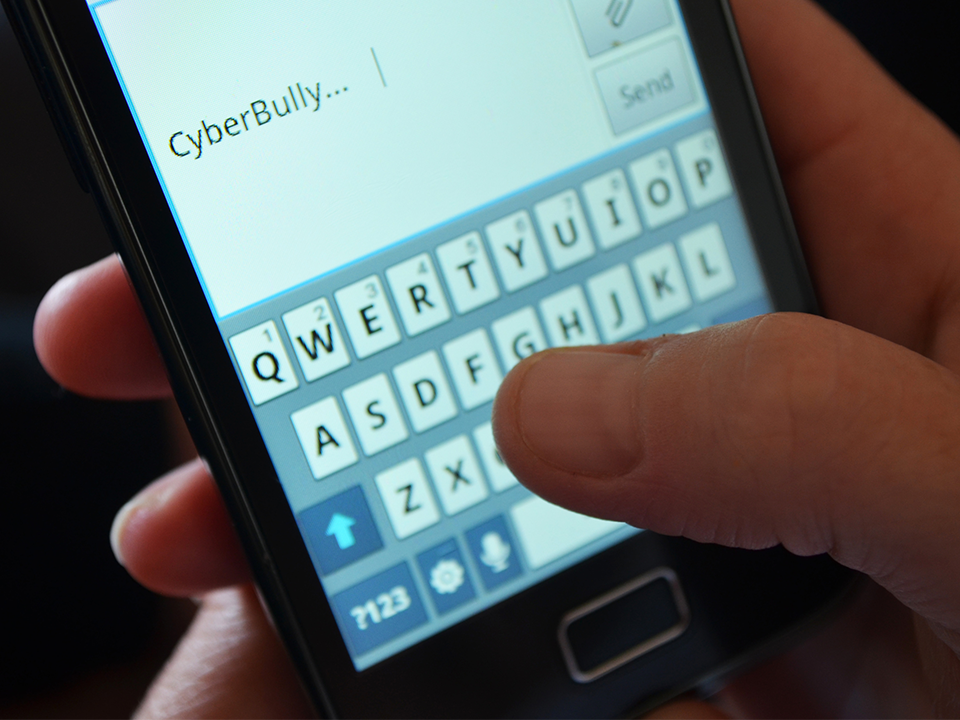
7 Inspiring TED Talks on Education and Technology
December 16, 2017
9 Tips to Boost Teacher Morale
January 5, 2018Cyberbullying is an increasing threat to our schools today. With the development of social media, apps, instant messaging, and more–kids have access to the internet without adult supervision. As educators, it can be hard to know what signs to look for and when to intervene in a situation. Educators need to be specifically aware of cyberbullying for it can be sneaky. It can happen at any time and anywhere without necessarily being on school property. Cyberbullying is always evolving just as digital communication changes. Research about it is still emerging, however, there is a consensus on best practices for what educators can do to prevent cyberbullies.
It’s hard to hear stories that result in suicide, like in the case of Ashawnty Davis, a fifth grader from Aurora, Co., who hanged herself. The young 10-year-old took her life after a video of her fighting outside her school was posted on social media. Sadly, this is a reminder that cyberbullying can target any student at any age.
Cyberbullying Definition:
Cyberbullying is bullying that takes place in the digital world using electronic technology. It occurs online, in chat rooms, social media, instant messaging, and other forms of digital communication. With ever-changing technology and new ways to communicate online, cyberbullying is hard to pin down and control.
What makes it different than in-person bullying?
Cyberbullying is often anonymous and unlimited by time and place. It involves repeated episodes of aggression. Victims of this type of bullying have little relief from the abuse and may feel like it is impossible to escape. Sadly, cyberbullying can go from zero to one hundred, virally scattering across the internet. Comments, pictures, and more can live permanently online.

What Educators Can Do Against Cyberbullying
1| Teach Digital Citizenship
As educators, we know it takes a village to raise a child. Educators make an impact every day on student development. Alongside teaching math, science, reading, history, and arts–educators need to also speak out against bullying in all its forms. Educators can teach students about cyberbullying by sharing age-appropriate stories, how to be safe online, cyber-savviness, and more. Similar to teaching rules and manners, digital citizenship can be taught.
2| Reporting Abuse
Breaking the silence around cyber abuse is essential. Teach students it’s okay to let an adult know if there is abuse happening. The Columbine Commission reports that in 81% of violent incidents someone other than the attacker knew what was going to happen but did not report it. It is the same for educators. It can be hard to know when to intervene in a situation. But it is essential for students and educators to report abuse, for it can save lives and make all the difference.
3| Connect with Parents
Parents may be unaware that their student is being cyberbullied. It is important to report abuse to parents so they can intervene at home. Involving parents in the prevention of cyberbullying is key to preventing cyber abuse, in and outside of schools. It is also important to update parents on the dangers of apps such as Sarahah and others like it.
4| Use the 5 R’s method
Cyberbullying can spill into schools, and it often can be the educators who need to handle the issue. When addressing cyberbullying think of the 5 R’s:
- Respond always
- Research facts
- Record documentation
- Report findings
- Revisit the issue to make sure it is resolved
5| Empower Student Leaders
Educators and parents can help prevent cyberbullying in schools. However, nothing is as influential as students. Empowering student leaders who stand against bullying can encourage other students to stand up, report, and end cyber attacks. Anti-bullying groups and organizations are helpful and should be encouraged. The greatest impacts come from students who feel empowered to take a stand and help others stand up as well.
Protecting Students First and Foremost
In conclusion, the best practice is to remember that as educators it is our job to protect students. Student safety is the top concern for creating an environment for learning and achieving. Working together with educators, parents, and the community can help prevent cyber abuse. Let us know your strategies for protecting students against cyberbullies.




